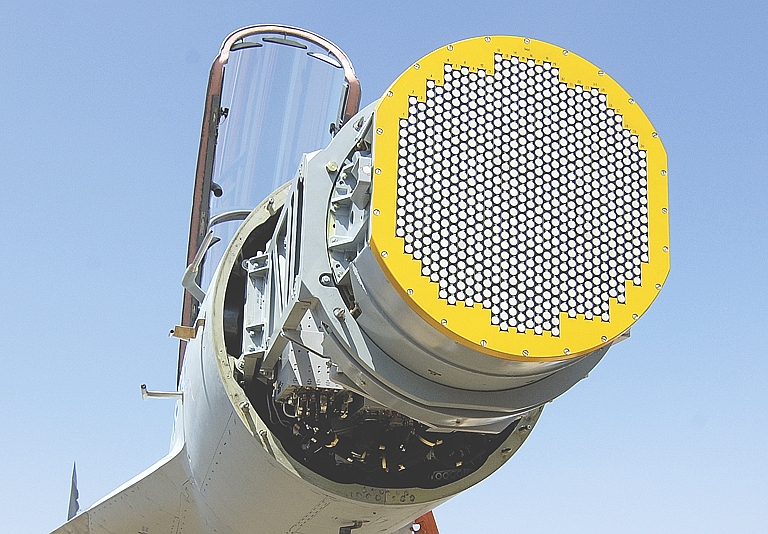WishLivePak
SENIOR MEMBER

- Joined
- May 24, 2014
- Messages
- 4,424
- Reaction score
- -4
- Country
- Location
Since Russia has removed weapon embargo, Pak may be able to secure jets.
1) Does Russia limit the export of its better tech (other countries, for example)? Like USA doesn't allow export of F22. It also didn't allow Pakistan numerous equipment that was fairly advanced.
2) Does Russian have better jets that could interest Pakistan? Or F16 is our only choice? We don't have F15s, F18s, F whatever from US that is still produced.
1) Does Russia limit the export of its better tech (other countries, for example)? Like USA doesn't allow export of F22. It also didn't allow Pakistan numerous equipment that was fairly advanced.
2) Does Russian have better jets that could interest Pakistan? Or F16 is our only choice? We don't have F15s, F18s, F whatever from US that is still produced.















